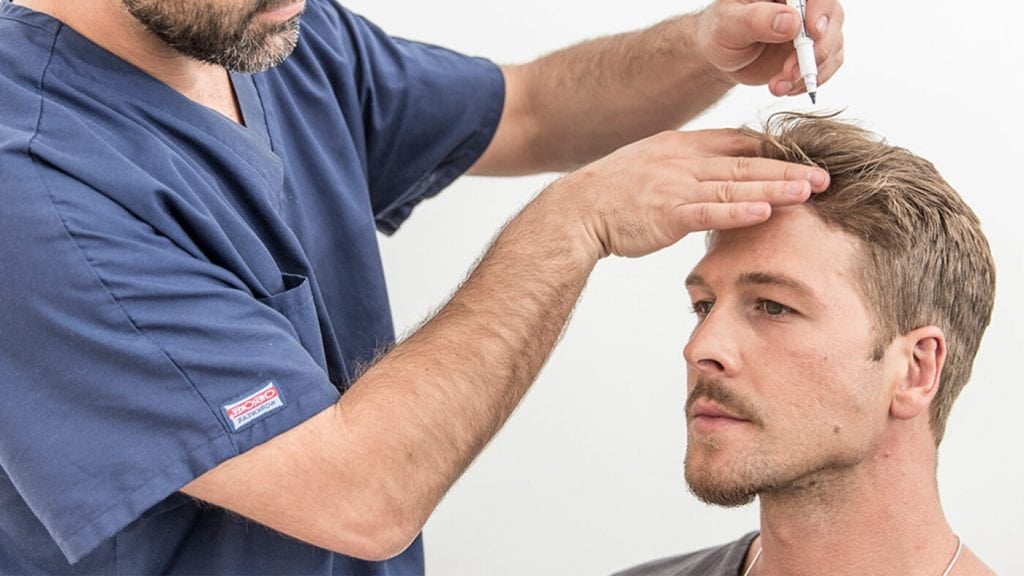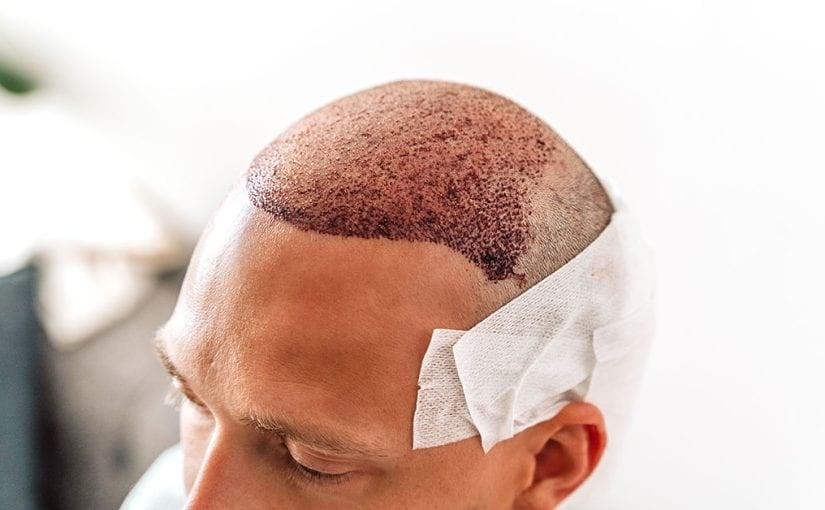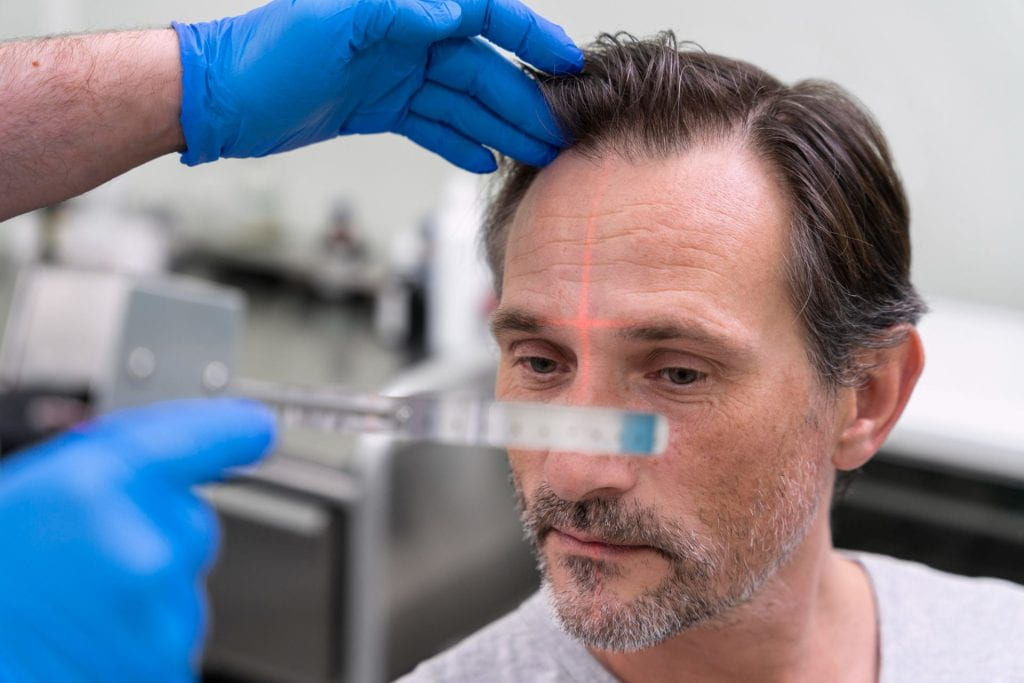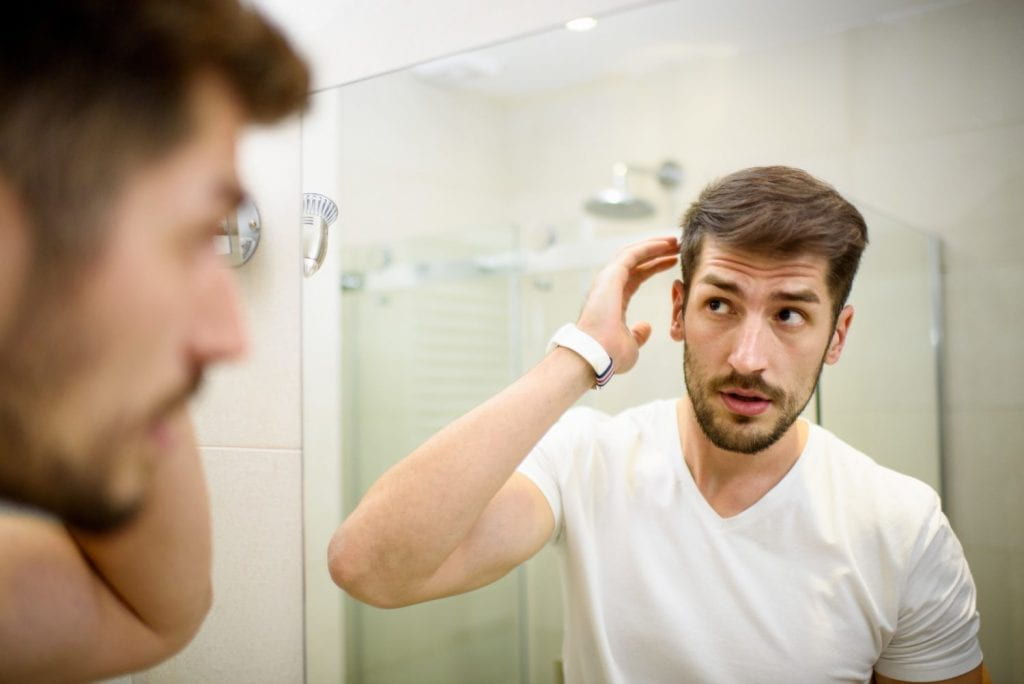Hair transplant procedures have become an increasingly popular solution for those suffering from hair loss. Whether caused by genetics, aging, or other factors, a hair transplant can restore natural-looking hair and boost self-confidence. However, many individuals are curious about the recovery process. Understanding how long the recovery from a hair transplant takes and what to expect can help manage your expectations and ensure a smooth healing journey, especially if you’re considering a Hair Transplant in Dubai.
What is Hair Transplant Recovery?
Hair transplant recovery refers to the healing period following a hair transplant surgery. During this time, the transplanted hair follicles adjust and begin to grow in their new location, and the scalp heals from the incisions made during the procedure. The recovery timeline can vary from person to person, depending on factors such as the type of transplant, the individual’s health, and how well they follow post-operative care instructions.
Immediate Post-Operative Recovery
The initial recovery after a hair transplant typically takes 1 to 2 weeks. During this period, patients may experience some swelling, redness, or minor discomfort at the transplant site and donor area. In the first few days, it’s important to follow the doctor’s recommendations closely, such as keeping the scalp clean and avoiding any physical exertion. At this stage, most patients can return to their daily activities, though it is advised to avoid strenuous exercises or activities that might disrupt healing.

Scabbing and Shedding Phase
Between 7 to 14 days after the procedure, small scabs will form on the scalp where hair follicles were transplanted. These scabs generally heal within the first two weeks. During this period, patients may notice some hair shedding. This shedding is completely normal and is part of the process where the transplanted hair falls out to make way for new, stronger growth. It’s crucial not to panic, as hair regrowth begins once the scalp has fully healed.
Hair Growth and Mid-Term Recovery
While recovery from the initial procedure happens in the first 2 weeks, hair growth takes time. By 3 to 4 months, some patients may notice new hair starting to grow. However, this is not a final result, and hair density will continue to improve over time. The scalp continues to heal, and the newly transplanted follicles begin to settle into their permanent locations. This phase can take several months, and it’s important to follow up with your doctor to monitor progress.
Full Recovery and Final Results
Full recovery from a hair transplant can take anywhere from 9 months to 1 year. The newly transplanted hair will continue to grow, and the results will gradually become more visible and noticeable. The final result is usually evident after about a year, as the transplanted follicles begin to mature. At this point, patients will see the full thickness, density, and natural look of their new hair. This long-term process requires patience, but the outcome is worth the wait for most people.
Factors That Influence Hair Transplant Recovery Time
While the average recovery time is outlined above, it’s important to remember that every patient is different. Several factors can influence the duration and quality of recovery, such as:
- Age: Younger individuals often heal faster and see quicker results.
- Health: People in good health with no underlying conditions may recover more quickly.
- Type of Hair Transplant: Follicular Unit Extraction (FUE) typically has a quicker recovery time compared to Follicular Unit Transplantation (FUT).
- Post-Operative Care: Following your doctor’s advice on post-operative care will accelerate recovery.
Benefits of Following Doctor’s Treatment
Adhering to the treatment plan provided by your doctor can significantly improve the speed and quality of recovery. Benefits of proper care during the recovery period include:
- Reduced risk of infection: By keeping the scalp clean and following care guidelines.
- Better hair growth: Proper care ensures that hair follicles heal optimally and grow well.
- Minimized scarring: Following the doctor’s instructions helps reduce visible scarring, especially with FUE.
- Reduced discomfort: Taking prescribed medications as recommended can alleviate swelling and pain.
- Increased confidence: With faster recovery and better results, you’ll experience a boost in confidence throughout the process.
How to Ensure a Smooth Recovery Process
- Avoid sun exposure: Protect your scalp from direct sunlight for at least a month to prevent irritation and fading of hair follicles.
- Follow a healthy diet: Eating a balanced diet with vitamins and minerals can help speed up the healing process.
- Gentle hair care: Avoid harsh hair treatments or shampoos in the first few months after the procedure.
- Stay hydrated: Keeping your body hydrated is crucial for optimal healing.
- Consult your doctor regularly: Keep in touch with your doctor for follow-up appointments to ensure the best results.
Frequently Asked Questions
How long does the hair transplant recovery take?
Recovery generally takes about 9 months to a year for full results.
Can I return to work after a hair transplant?
Yes, most people return to work within a week, depending on their job and recovery.
When will I see the first signs of hair growth?
Hair growth typically begins 3 to 4 months after the procedure, but full results take up to 12 months.
Is the recovery process painful?
The pain is usually minimal and can be managed with prescribed medications.
What is the best way to speed up recovery after a hair transplant?
Follow your doctor’s post-op care instructions, maintain a healthy lifestyle, and avoid physical strain.
Conclusion
Understanding the recovery timeline for a hair transplant is crucial for managing your expectations and ensuring the best results. By adhering to your doctor’s guidelines, you can expedite healing and achieve a natural, full head of hair. Patience is key, as it may take up to a year for full results to be visible, but the rewards are well worth the wait.









